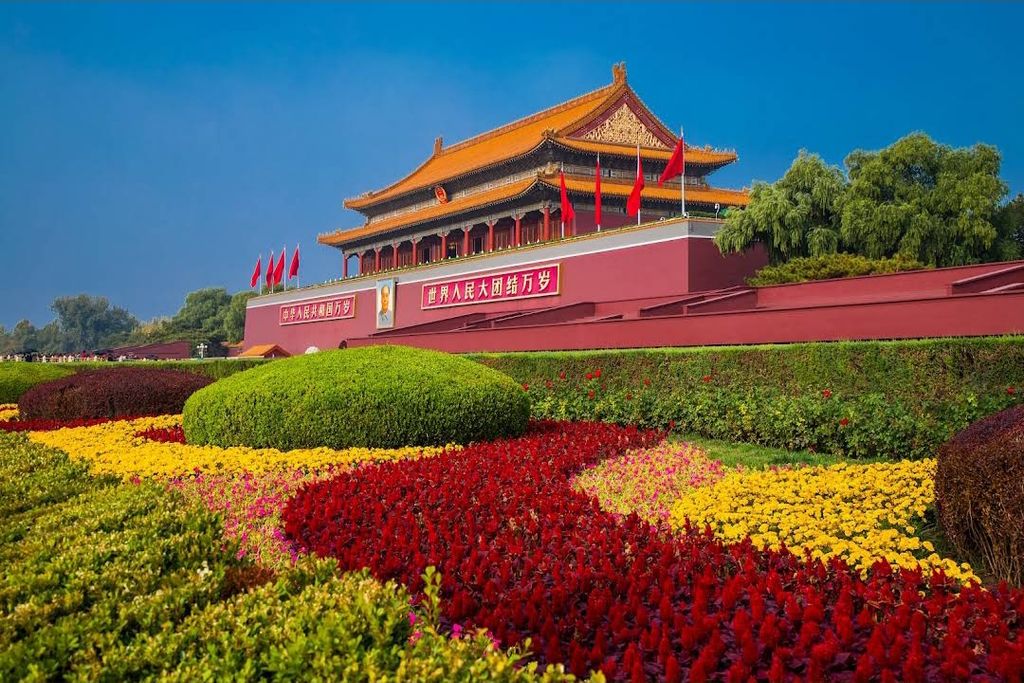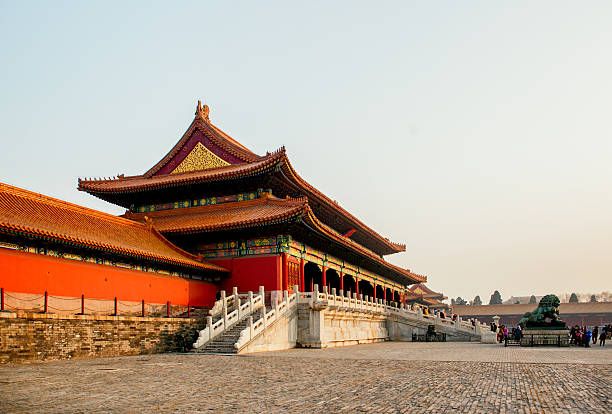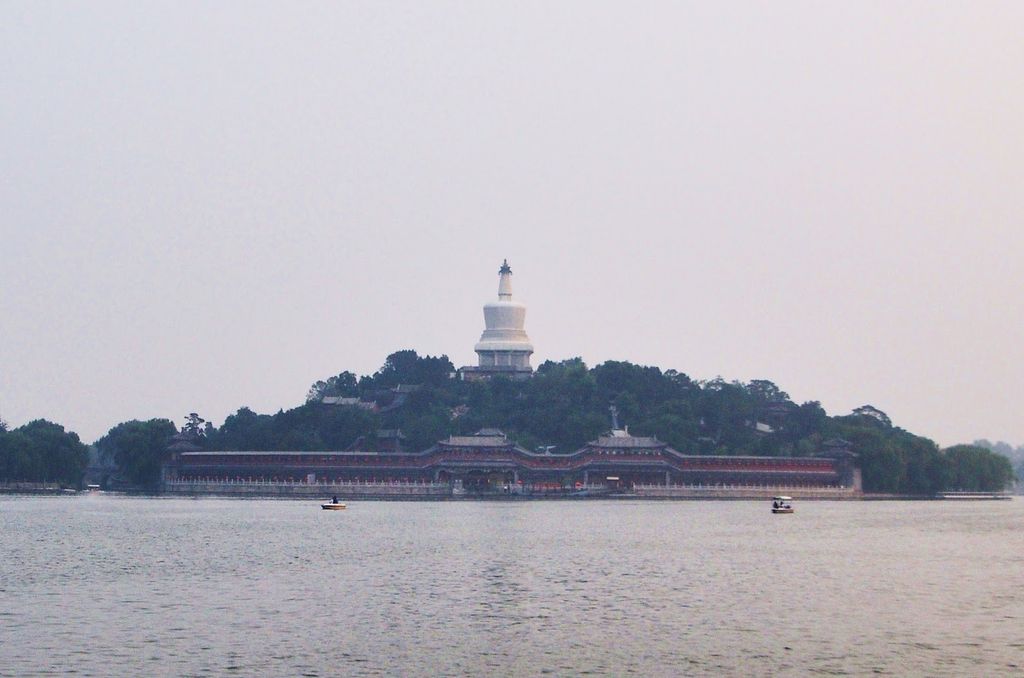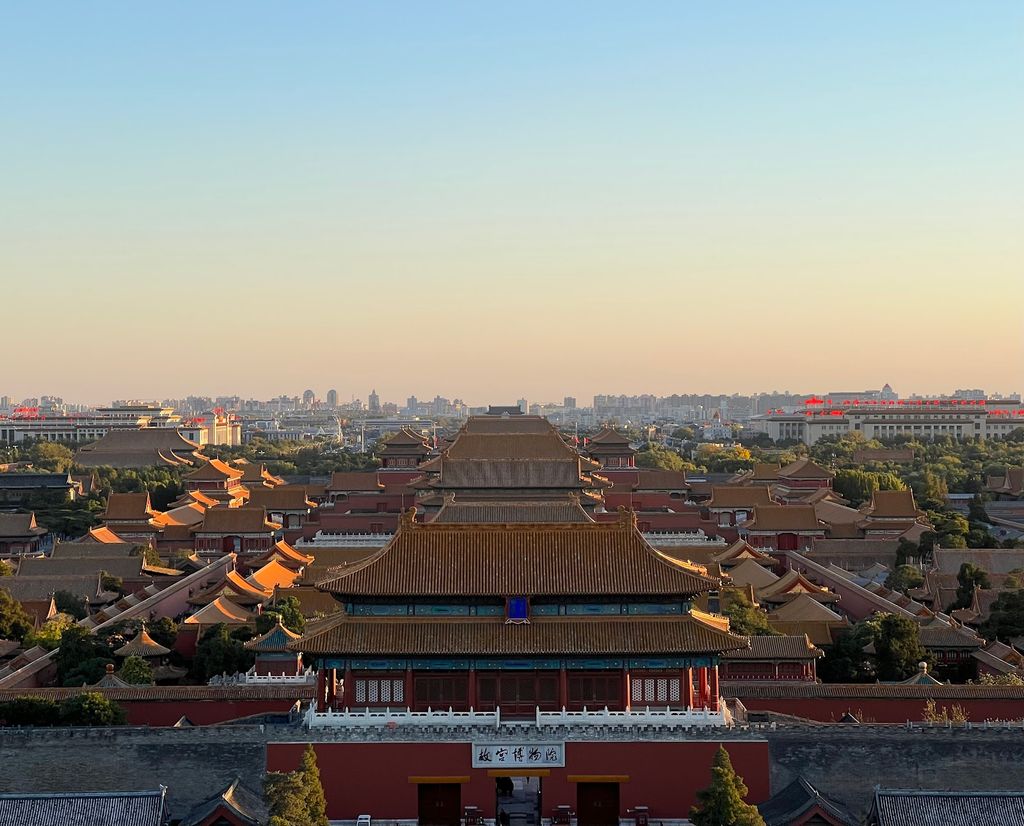Shanghai's Cultural Gems in a Day
Experience the rich tapestry of Shanghai's history and culture on this immersive free walking tour, exploring iconic landmarks in just one day.
Time
3 Hours
Stops
4 Places
Distance
5.0 km
Tiananmen Square
Start your day at the iconic Tiananmen Square, a symbol of modern Chinese history and a central point for many significant events.

Tiananmen Square (Source: Google Maps)
Tiananmen Square is a vast public space in the heart of Beijing, renowned for its historical significance. It is named after the Tiananmen Gate, which stands to the north. The square has been the site of numerous important events in Chinese history, including the May Fourth Movement in 1919 and the pro-democracy protests in 1989. It is surrounded by several important buildings, including the Great Hall of the People and the National Museum of China. The square covers an area of 44 hectares, making it one of the largest public squares in the world. Visitors can see the Monument to the People's Heroes, commemorating those who died in the revolutionary struggles of the past. The square also features the iconic flag-raising ceremony that takes place every morning, drawing crowds of locals and tourists alike.
The Forbidden City
Just north of Tiananmen Square, explore the vast imperial palace complex of the Forbidden City, which served as the home of emperors for almost 500 years.

The Forbidden City (Source: Google Maps)
The Forbidden City, also known as the Imperial Palace, served as the home of Chinese emperors for almost 500 years, from the Ming to the Qing dynasty. It is a UNESCO World Heritage Site and is regarded as one of the most important cultural landmarks in China. The complex consists of around 980 buildings and covers 180 acres, showcasing traditional Chinese palatial architecture. The Forbidden City was named for the fact that entry was strictly forbidden to the common people; only those with permission could enter its walls. The architectural layout follows the principles of feng shui, symbolizing the relationship between heaven and earth. The palace houses an extensive collection of artwork and historical artifacts, making it a treasure trove for those interested in Chinese history and culture.
Beihai Park
Head to Beihai Park, one of the oldest and most authentically preserved imperial gardens in China, perfect for a leisurely stroll.

Beihai Park (Source: Google Maps)
Beihai Park is one of the oldest imperial gardens in China, dating back to the 11th century during the Liao dynasty. The park is known for its beautiful landscapes, including a large lake and a hill that offers stunning views of the surrounding area. It was originally built as a royal garden for the emperors of the Yuan dynasty and has been a public park since the early 20th century. The park features several historical structures, including the White Dagoba, a stupa that symbolizes the introduction of Buddhism to China. The garden is a serene escape from the bustling city, filled with willow trees, lotus flowers, and traditional pavilions, making it a popular spot for locals and tourists to relax and enjoy nature.
Jingshan Park
Enjoy a short walk to Jingshan Park, where you can climb the hill for a panoramic view of the Forbidden City and Beijing’s skyline.

Jingshan Park (Source: Google Maps)
Jingshan Park is a historic park located just north of the Forbidden City, famous for its artificial hill that offers one of the best panoramic views of Beijing. The hill was created from the earth excavated to build the Forbidden City, making it a significant part of the city's history. The park is home to the ancient and beautiful pagoda known as the Wanchun Pavilion, which stands atop the hill and provides visitors with breathtaking views of the Forbidden City and the surrounding cityscape. Jingshan Park was originally a royal garden during the Ming and Qing dynasties, and it has been open to the public since 1928. The park is also known for its diverse flora and tranquil environment, attracting many visitors who come to enjoy its natural beauty and historical significance.

Your travels, your rules.
Create your own Free Walking Tours.
Set your preferences, distances and anything you want to do or see.
Completely free, no payment required.